Today we’re visiting with Cynthia Strickland. We visited her former garden in St. Louis (Gardening in St. Louis), but today she’s showing us her current gardening setup on a balcony in Raleigh, North Carolina. It’s a good reminder that even the smallest of spaces can be made into a garden filled with beautiful plants.
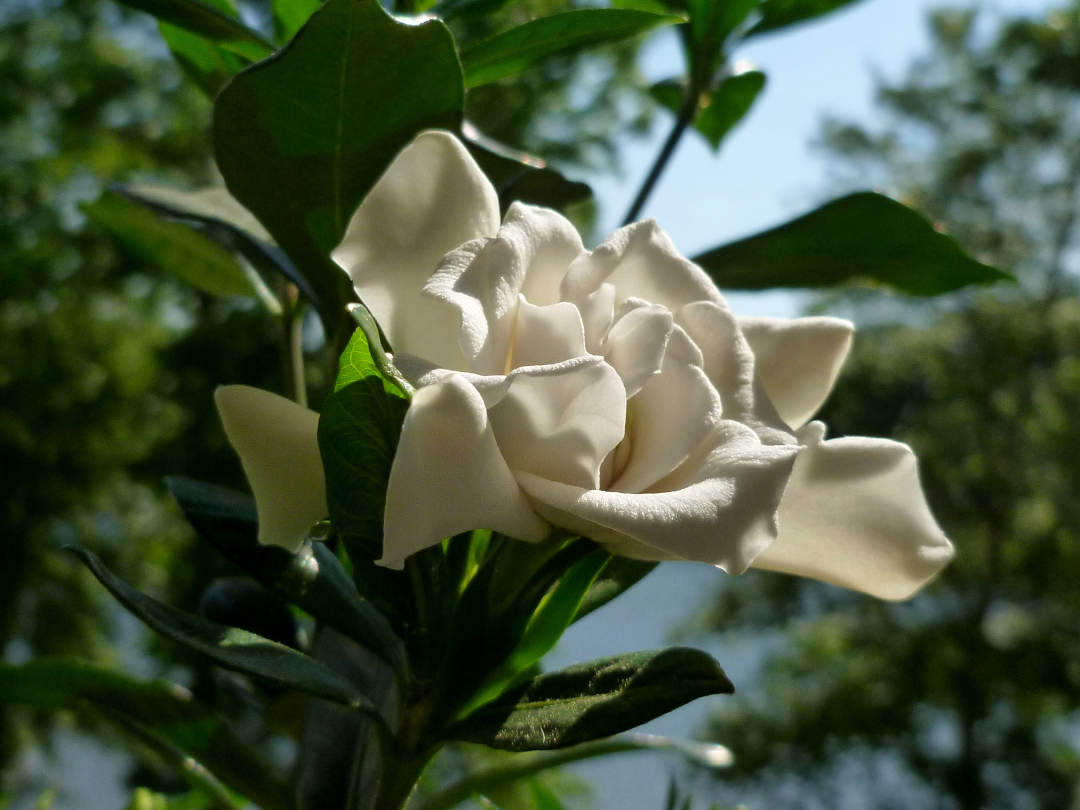 My first challenge was gardenias. I planted two Gardenia jasminoides ‘August Beauty’ (Zones 7–11) evergreen shrubs in autumn of 2020. The plants survived the mild winter in plastic pots in a sheltered area. The flowers bloomed in May and June! I adored the flower form, scent, and the glossy green leaves, so it was worth a try in the less-than-ideal conditions.
My first challenge was gardenias. I planted two Gardenia jasminoides ‘August Beauty’ (Zones 7–11) evergreen shrubs in autumn of 2020. The plants survived the mild winter in plastic pots in a sheltered area. The flowers bloomed in May and June! I adored the flower form, scent, and the glossy green leaves, so it was worth a try in the less-than-ideal conditions.
In this second photo you can see one of the evergreen gardenia shrubs next to a pot of Heuchera sanguinea
‘Bressingham’ (Zones 3–8) and some potted Ajuga (unknown variety). Sadly, by July both gardenias dropped all their leaves and died. Gardenias were one of the main flowers in my wedding ceremony, so it was nice to experiment with the plants. The flowers and scent brought back happy memories.
Here you can see an early spring photo of the two gardenia shrubs arranged with the larger-leaved Hosta
‘Guacamole’ (Zones 3–8) and the small Hosta ‘Blue Mouse Ears’ (Zones 3–8).
Cosmos sulphureus
‘Cosmic Orange’ (annual) with gardenia.
My second trial was Lagurus ovatus
(annual), an ornamental grass native to the Mediterranean with a common name of bunny tails. I grew quite a few seedlings indoors with a heating mat and grow light. Several small, compact mounds of soft foliage endured the spider mites (I tried homemade insecticidal soap and neem oil spray). Without full sun, I managed to enjoy one soft and fluffy bunny tail panicle in August!
In this wide view of the summer balcony, you can see two small containers of the bunny tails grass.
The third new plant for me last year was Thunbergia alata
‘Blushing Susie’ (Zones 10–11 or as an annual). I started seeds indoors and hoped to have three hanging baskets of vines with pink flowers. One white basket produced flowers for a few weeks in June. However, the white containers were cooked with heat. Rotating them proved to be too much work for not enough enjoyment. A few of the most vigorous vines were transplanted into the ground and flowered sparsely until frost.
Closer view of a Thunbergia alata
‘Blushing Susie’ flower
By late summer I still had several pots of dark green foliage (my favorite) but needed more flowers, so I filled in with three pots of Canna × generalis
‘Bronze Orange’ (Zones 7–11 or as an annual), which was also new to me.
The canna plants took turns blooming until frost. One of the three canna is currently enjoying life as a houseplant.
Have a garden you’d like to share?
Have photos to share? We’d love to see your garden, a particular collection of plants you love, or a wonderful garden you had the chance to visit!
To submit, send 5-10 photos to [email protected] along with some information about the plants in the pictures and where you took the photos. We’d love to hear where you are located, how long you’ve been gardening, successes you are proud of, failures you learned from, hopes for the future, favorite plants, or funny stories from your garden.
Have a mobile phone? Tag your photos on Facebook, Instagram or Twitter with #FineGardening!
Do you receive the GPOD by email yet? Sign up here.
Fine Gardening Recommended Products
The Nature of Oaks: The Rich Ecology of Our Most Essential Native Trees
Fine Gardening receives a commission for items purchased through links on this site, including Amazon Associates and other affiliate advertising programs.
The Nature of Oaks reveals what is going on in oak trees month by month, highlighting the seasonal cycles of life, death, and renewal. From woodpeckers who collect and store hundreds of acorns for sustenance to the beauty of jewel caterpillars, Doug Tallamy illuminates and celebrates the wonders that occur right in our own backyards. He also shares practical advice about how to plant and care for an oak, along with information about the best oak species for your area.
Lee Valley Mini Garden Shear Set
Fine Gardening receives a commission for items purchased through links on this site, including Amazon Associates and other affiliate advertising programs.
These shears have a distinctive finger rest that not only aids grip but allows greater freedom of movement than a conventional handle design. They have a durable powder-coat finish to resist rust and wear, and a simple clasp that locks the spring-action stainless-steel blades closed. The set includes one pair of round-nose shears measuring 5 1/2" overall with 1" blades for cutting stems up to 3/8" in diameter, and one pair of 6 1/2" needle-nose shears with 2" fine-tip blades for precise work.
The Crevice Garden: How to make the perfect home for plants from rocky places
Fine Gardening receives a commission for items purchased through links on this site, including Amazon Associates and other affiliate advertising programs.
A crevice garden replicates the environmental conditions of mountain tops, deserts, coastlines, and other exposed or rocky places on earth. These striking garden features provide perfect conditions for the plants native to these far-off places, bringing the cultivation of these precious gems within everybody’s reach.
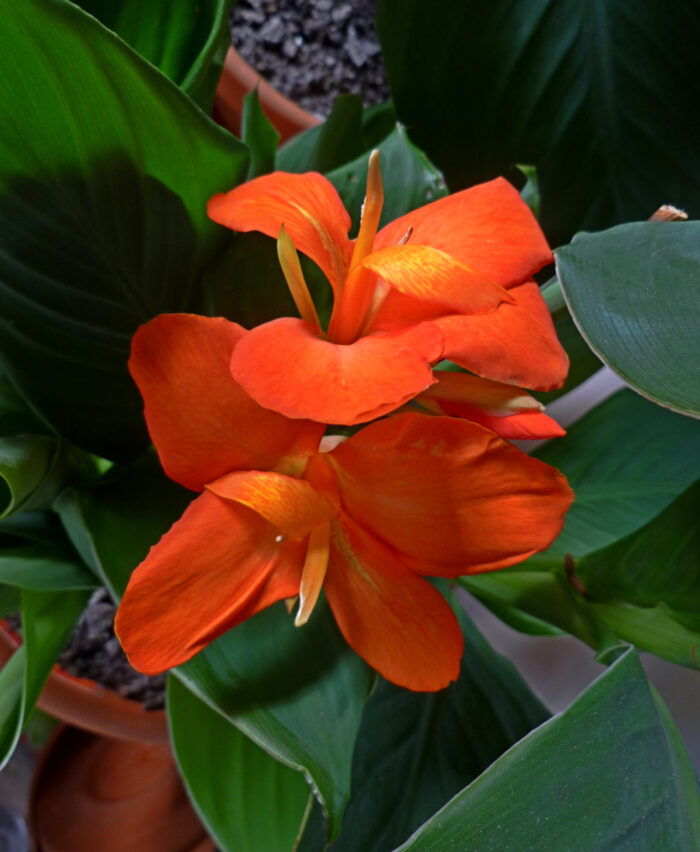
 My first challenge was gardenias. I planted two Gardenia jasminoides ‘August Beauty’ (Zones 7–11) evergreen shrubs in autumn of 2020. The plants survived the mild winter in plastic pots in a sheltered area. The flowers bloomed in May and June! I adored the flower form, scent, and the glossy green leaves, so it was worth a try in the less-than-ideal conditions.
My first challenge was gardenias. I planted two Gardenia jasminoides ‘August Beauty’ (Zones 7–11) evergreen shrubs in autumn of 2020. The plants survived the mild winter in plastic pots in a sheltered area. The flowers bloomed in May and June! I adored the flower form, scent, and the glossy green leaves, so it was worth a try in the less-than-ideal conditions.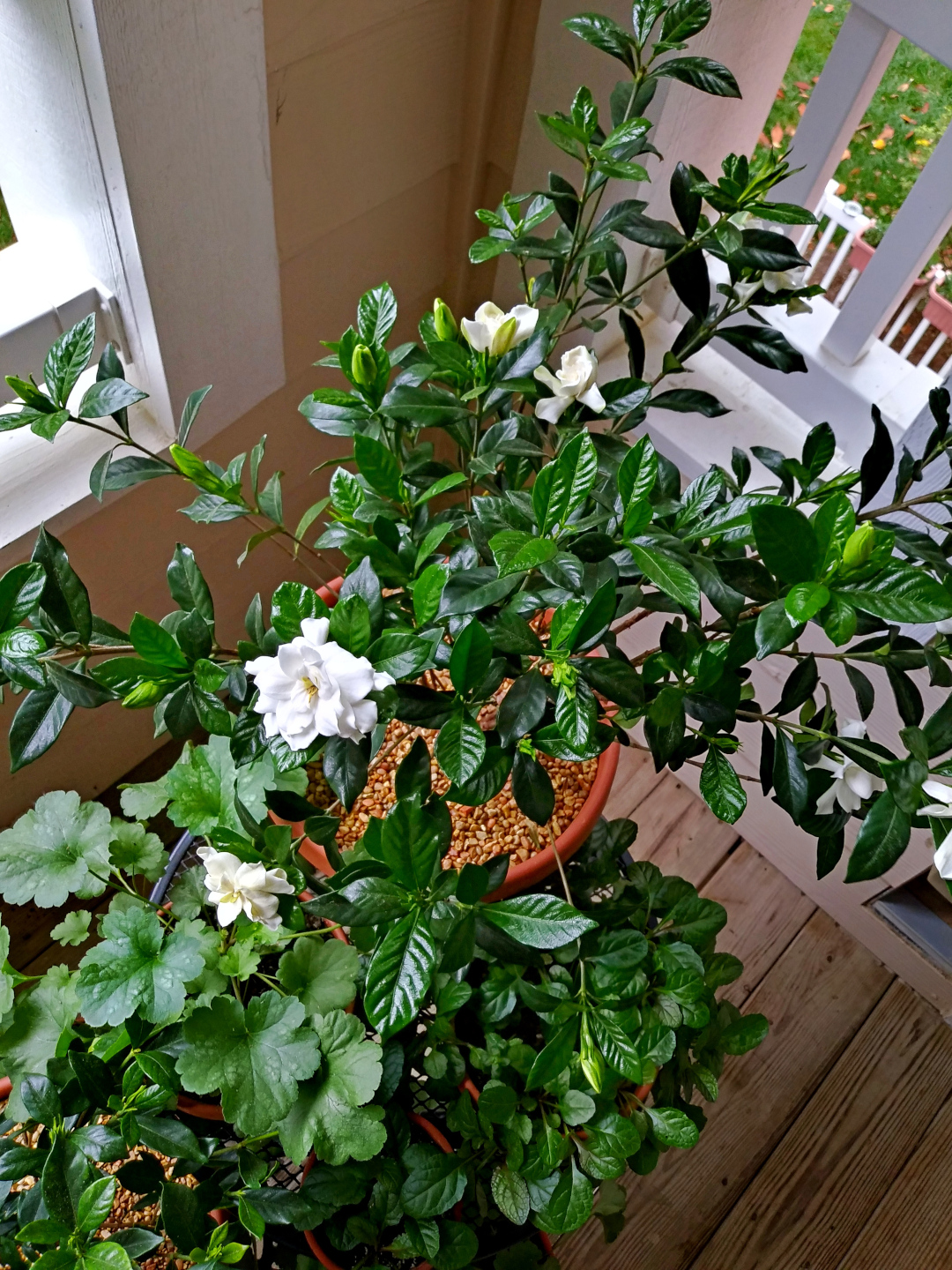
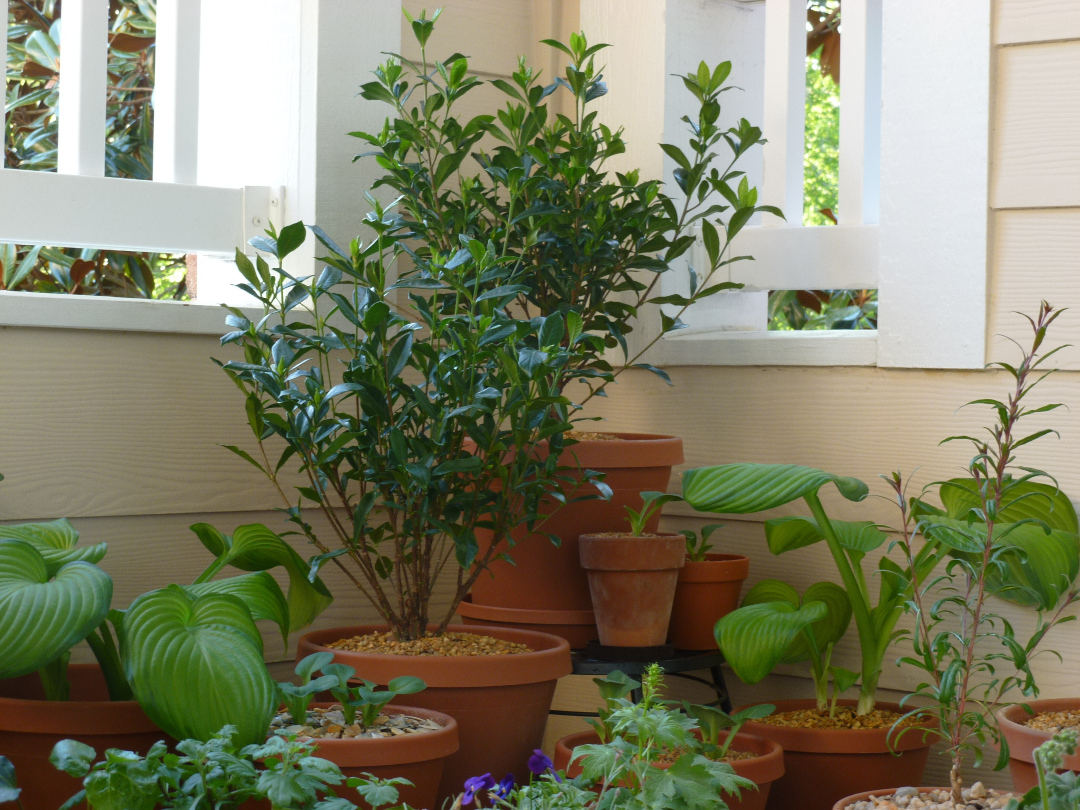

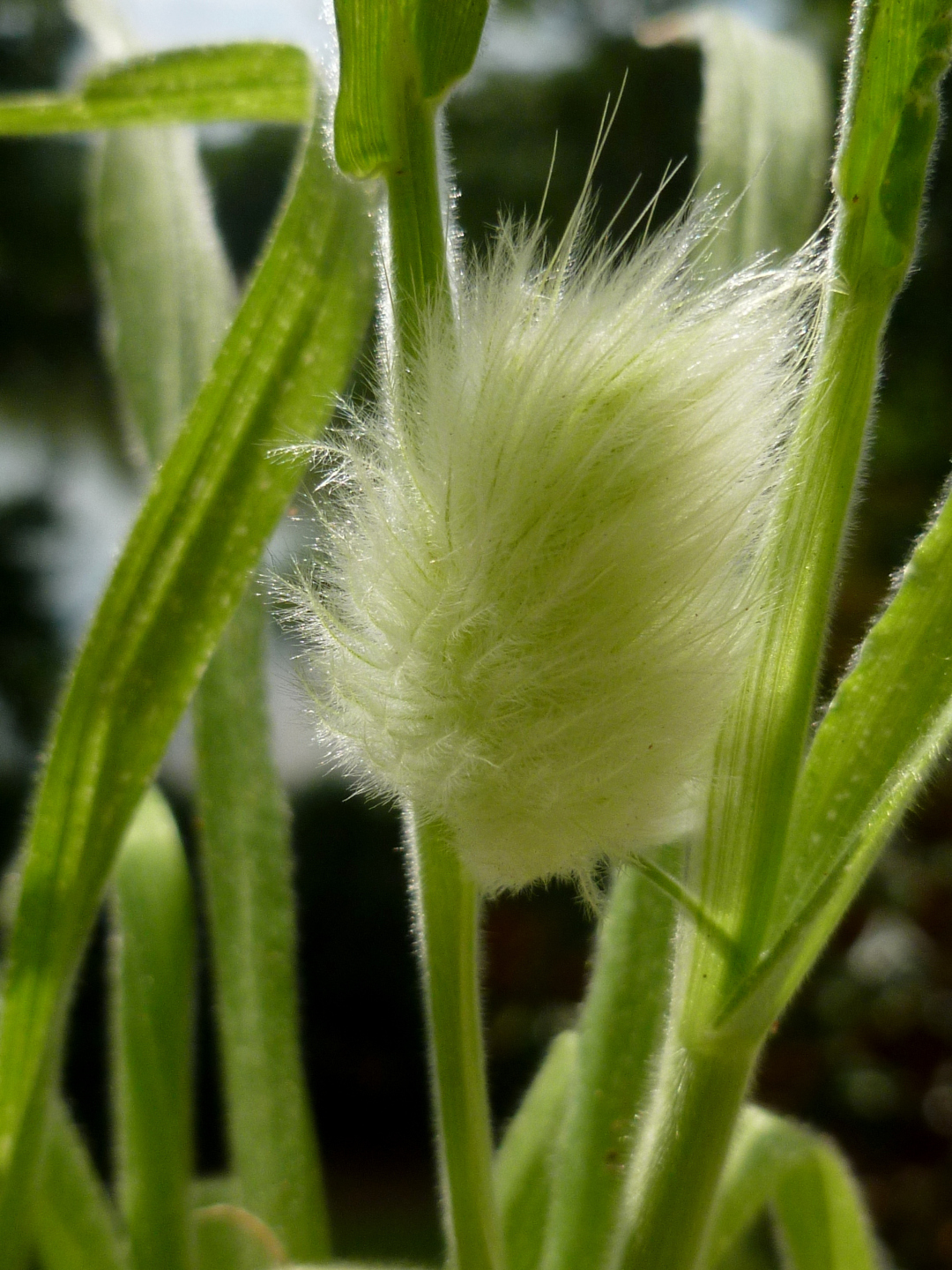
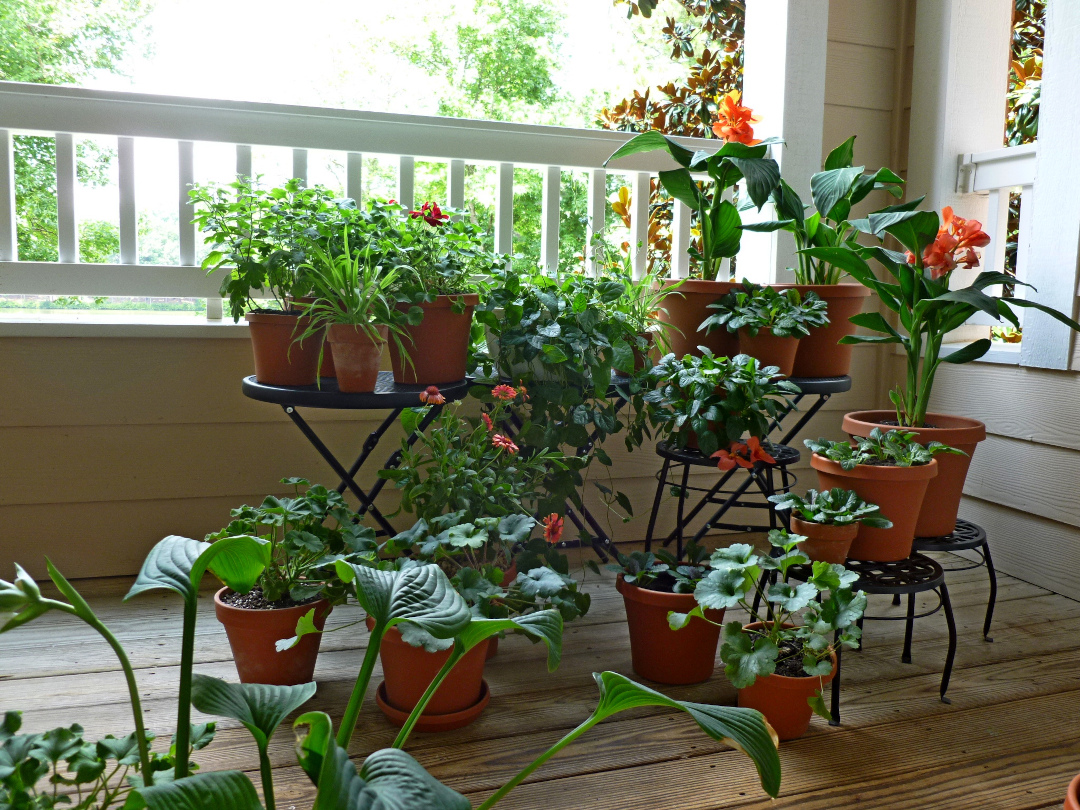
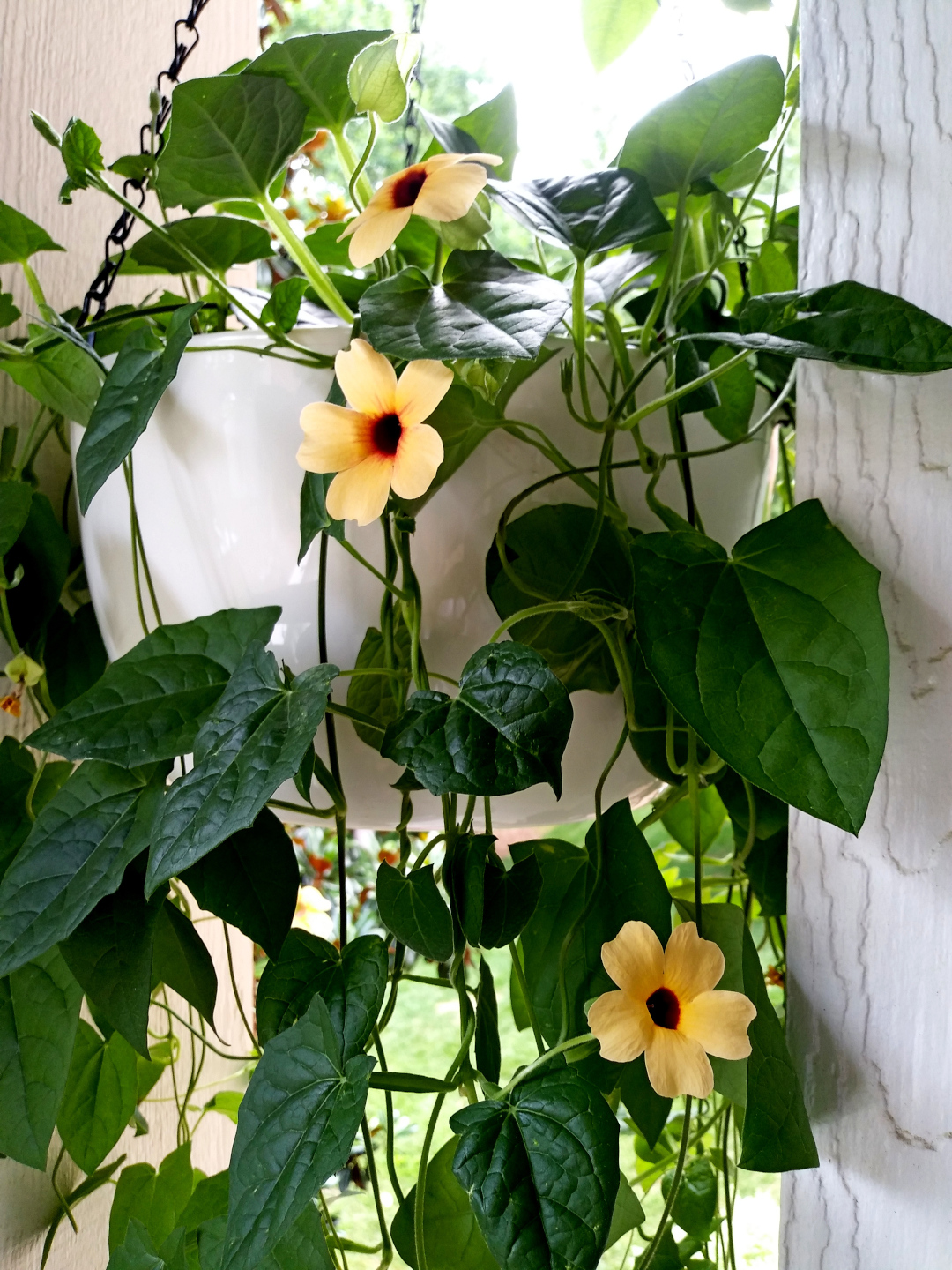
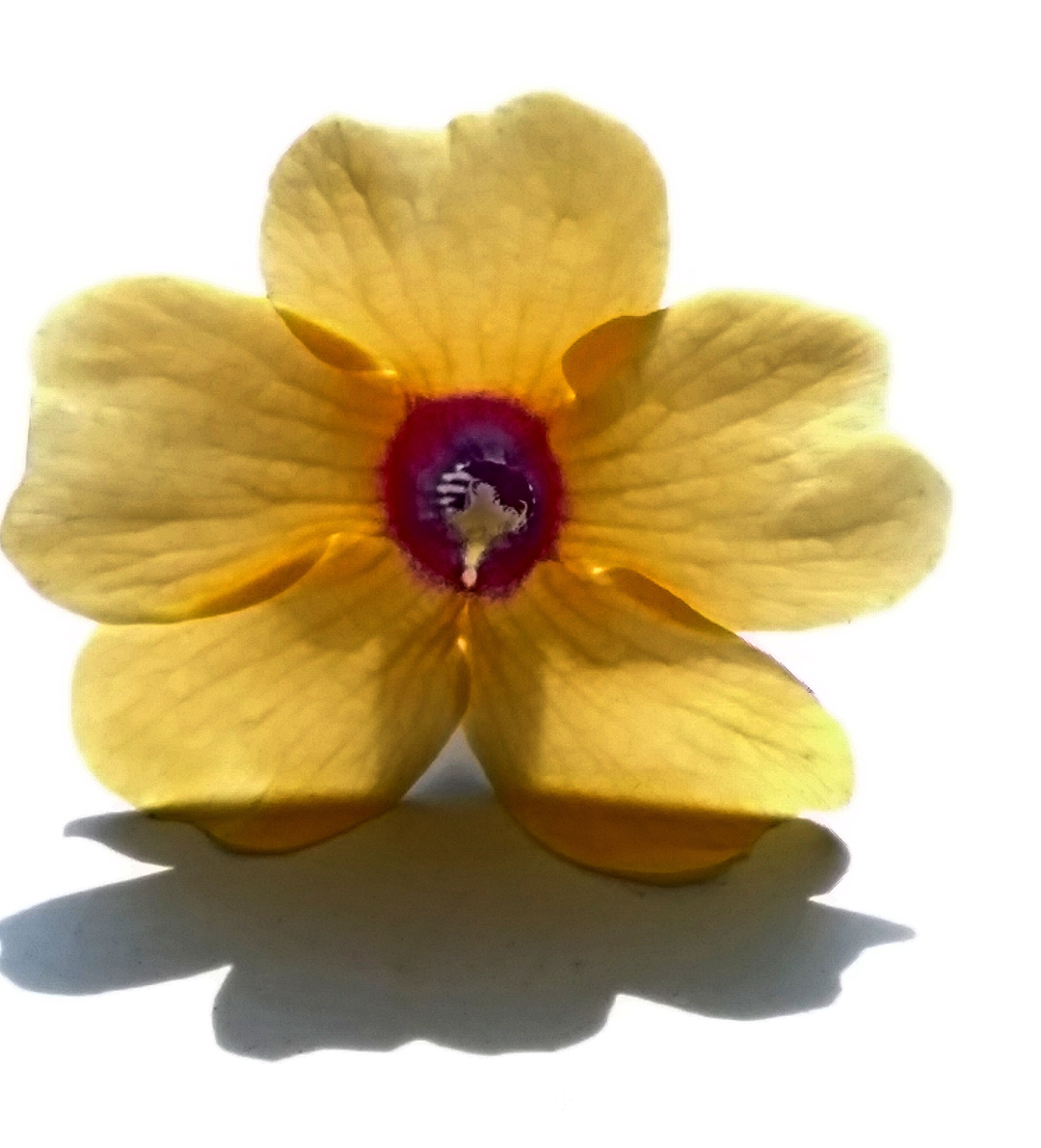
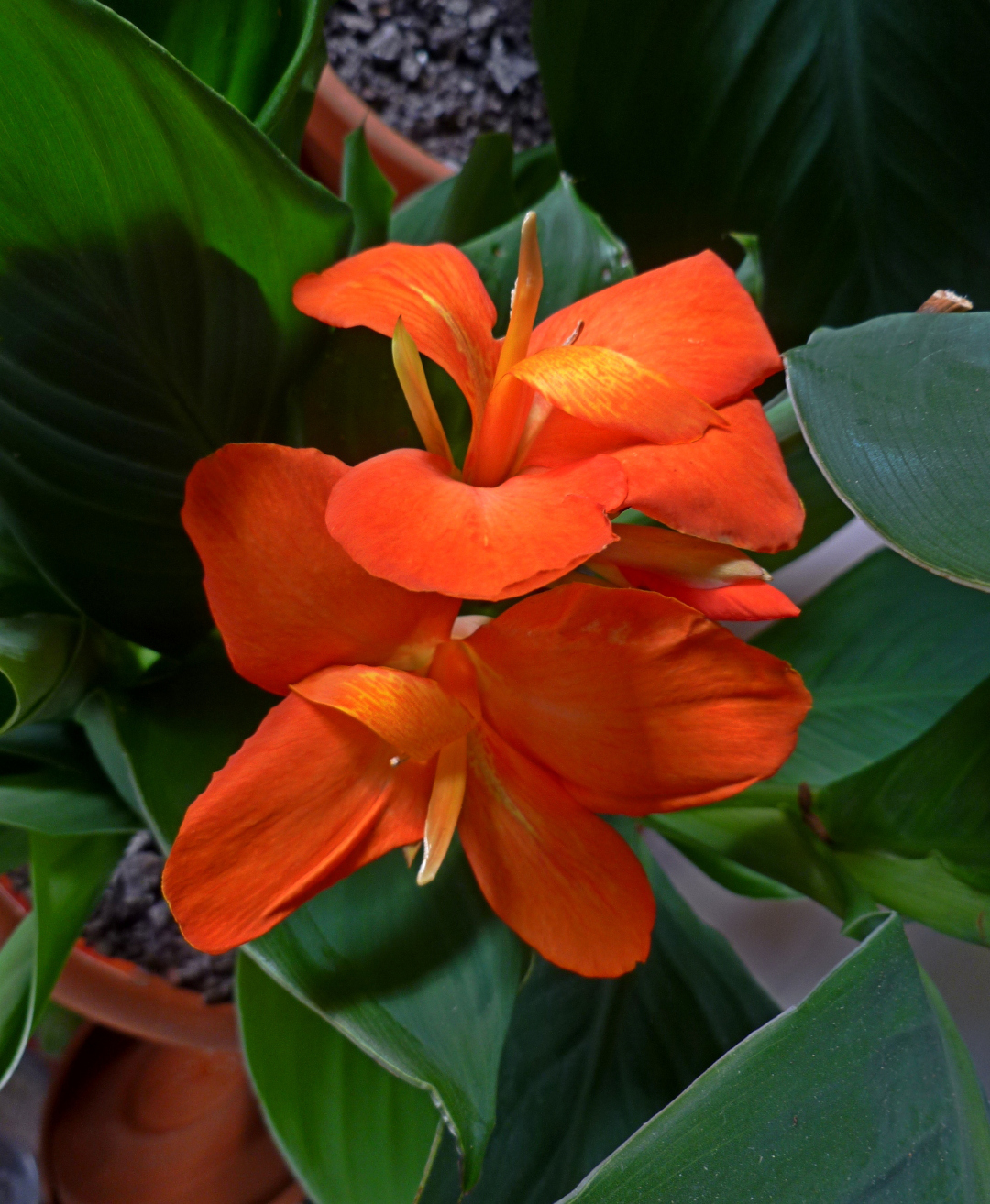
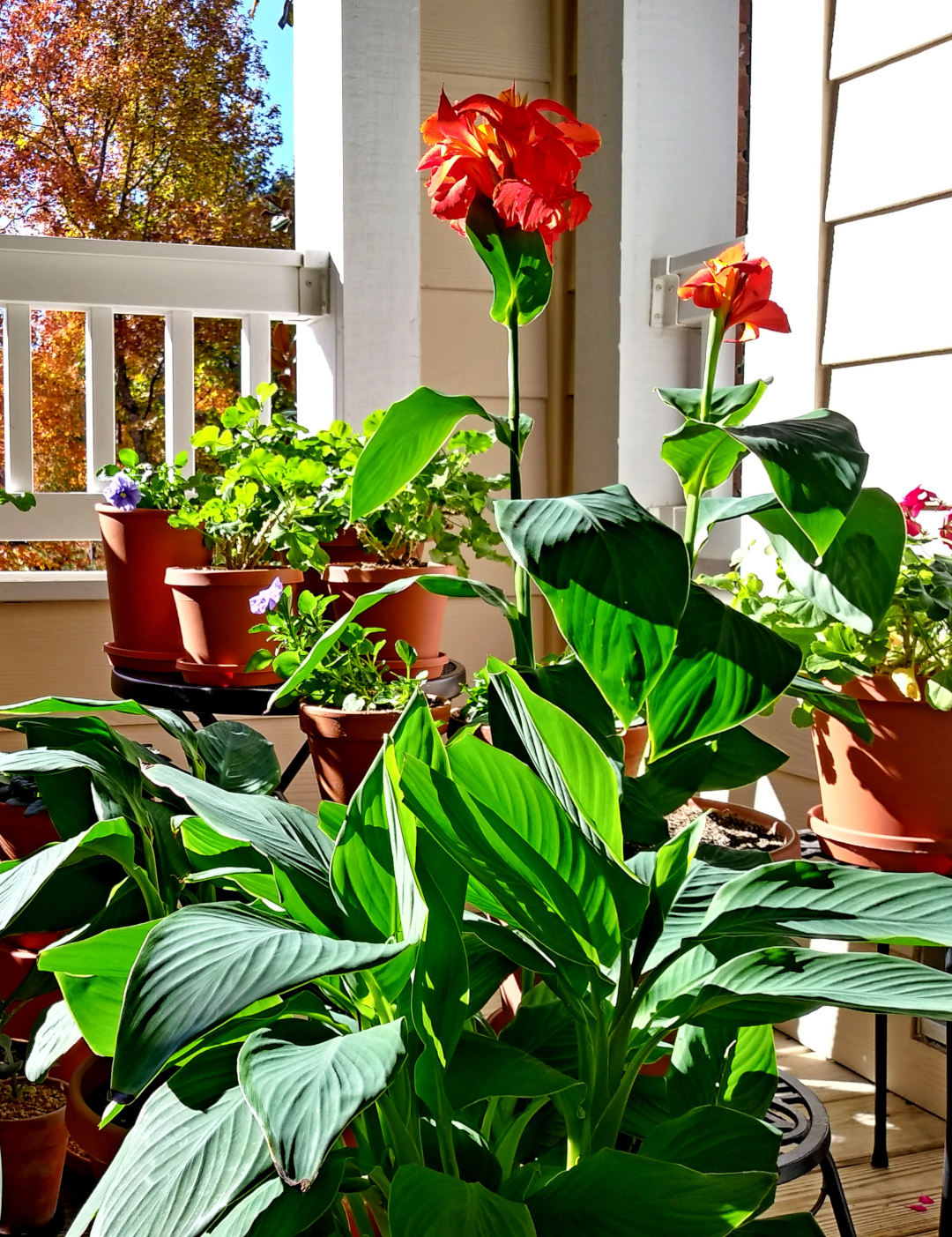
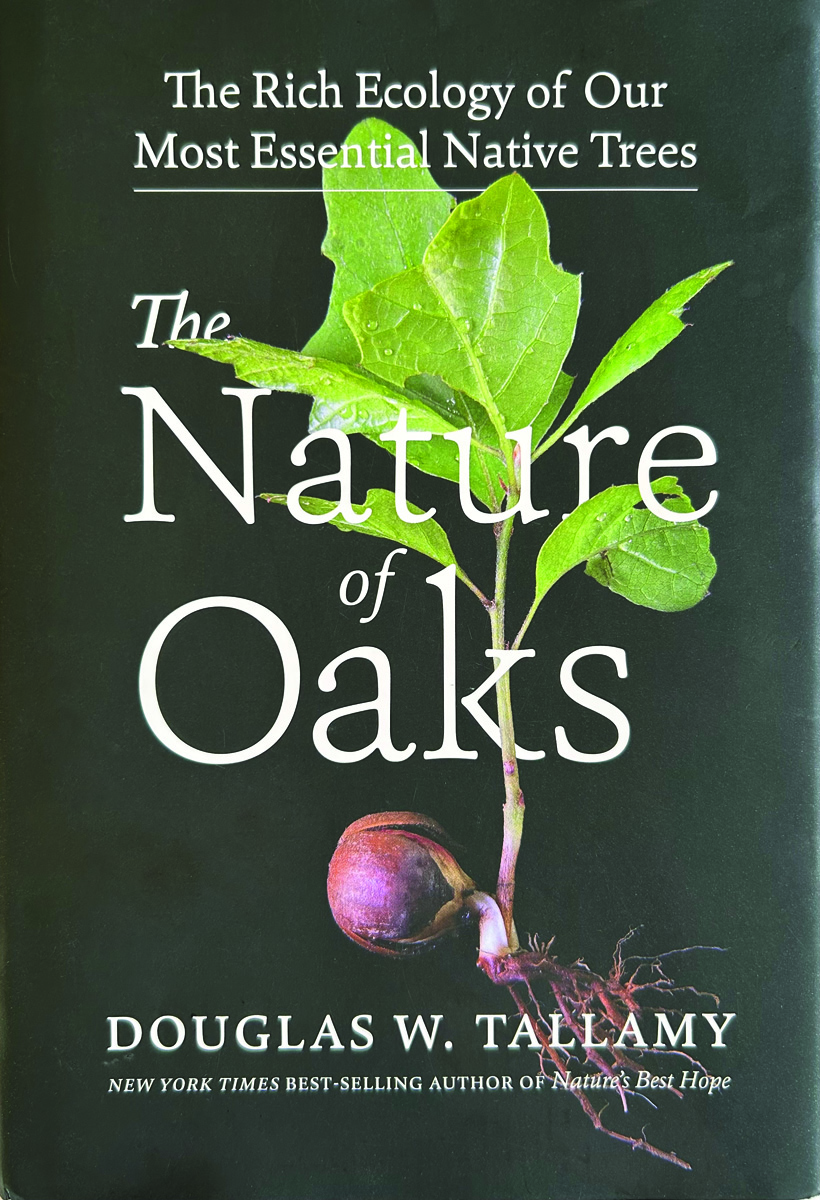

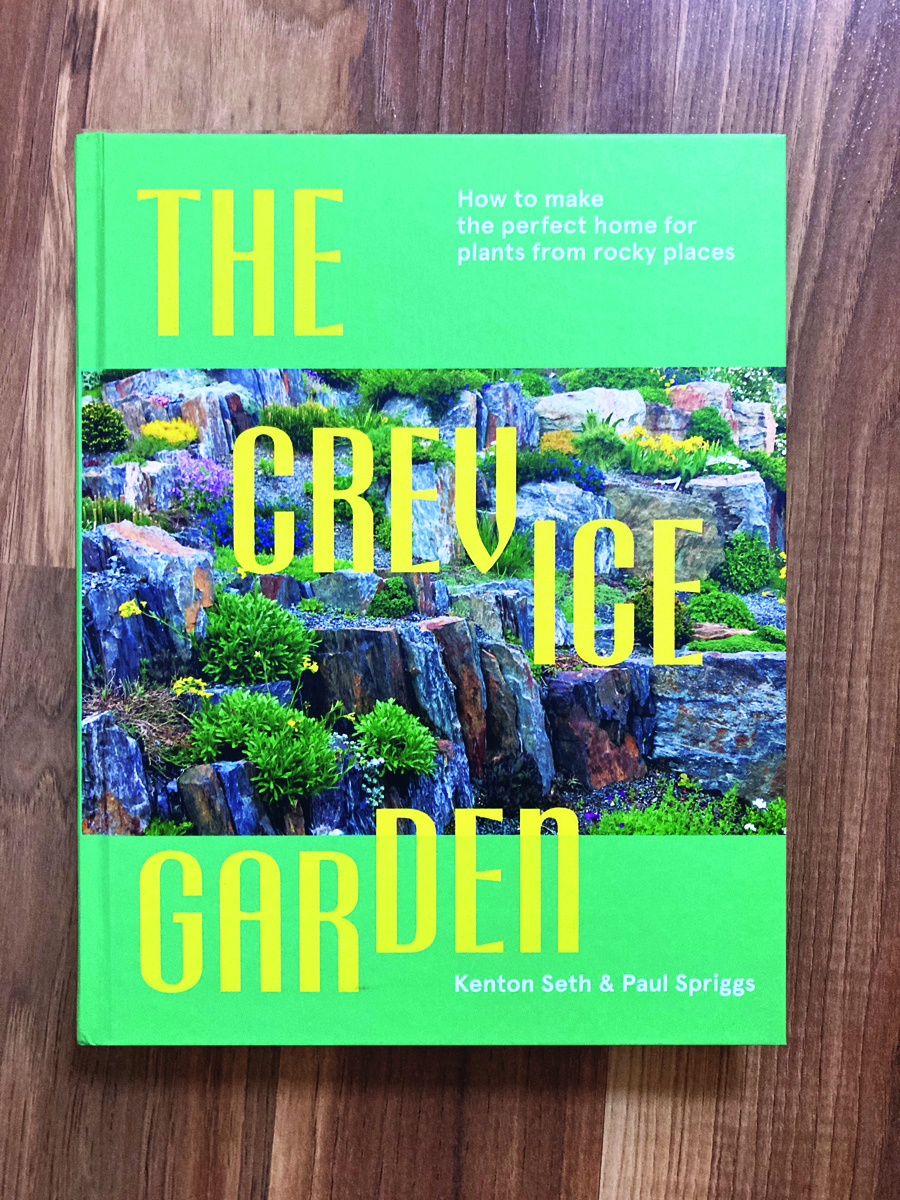


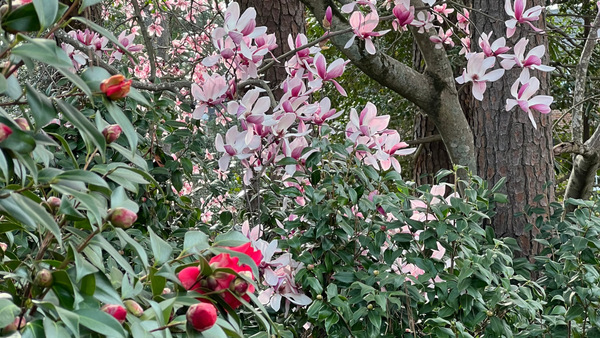


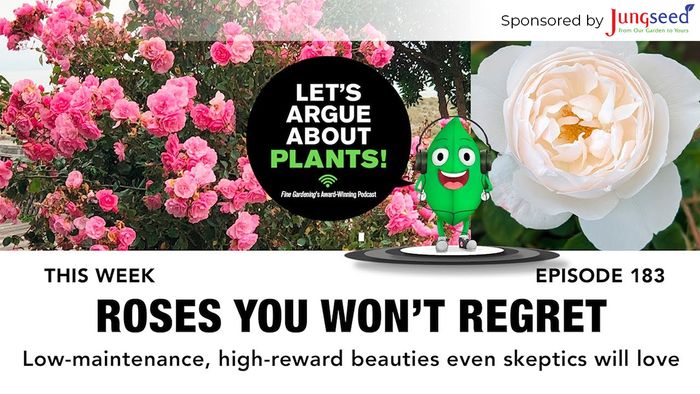
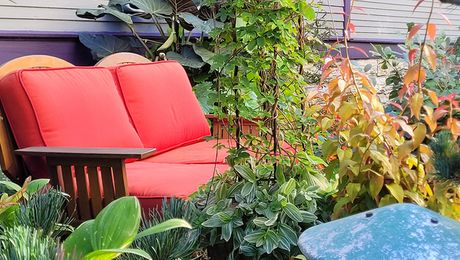
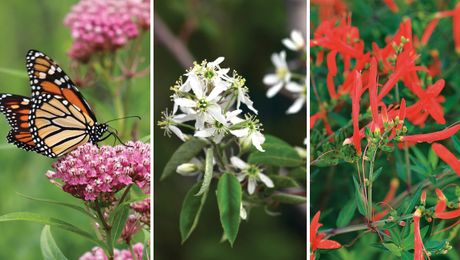







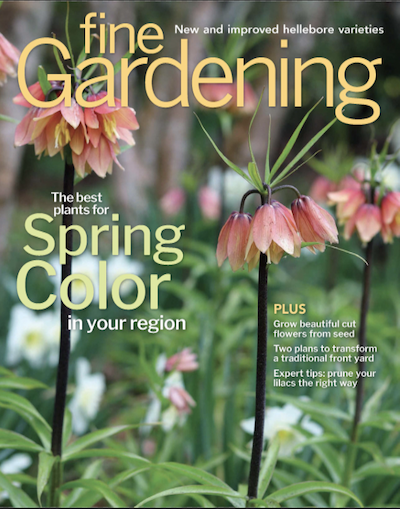


Comments
Wow your Balcony Garden is fabulous!
Such healthy plants and what a cozy place to enjoy!
I love your Thunbergia alata ‘Blushing Susie’ , what a beautiful plant!
Hi, Sue. Thank you for your thoughtful comments.
Love the bunny tails!
Hi, BT. I was hoping for more tails to love... Am moving to Chicago soon. The next grass I try will probably be prairie dropseed - Sporobolus heterolepis.
Log in or create an account to post a comment.
Sign up Log in